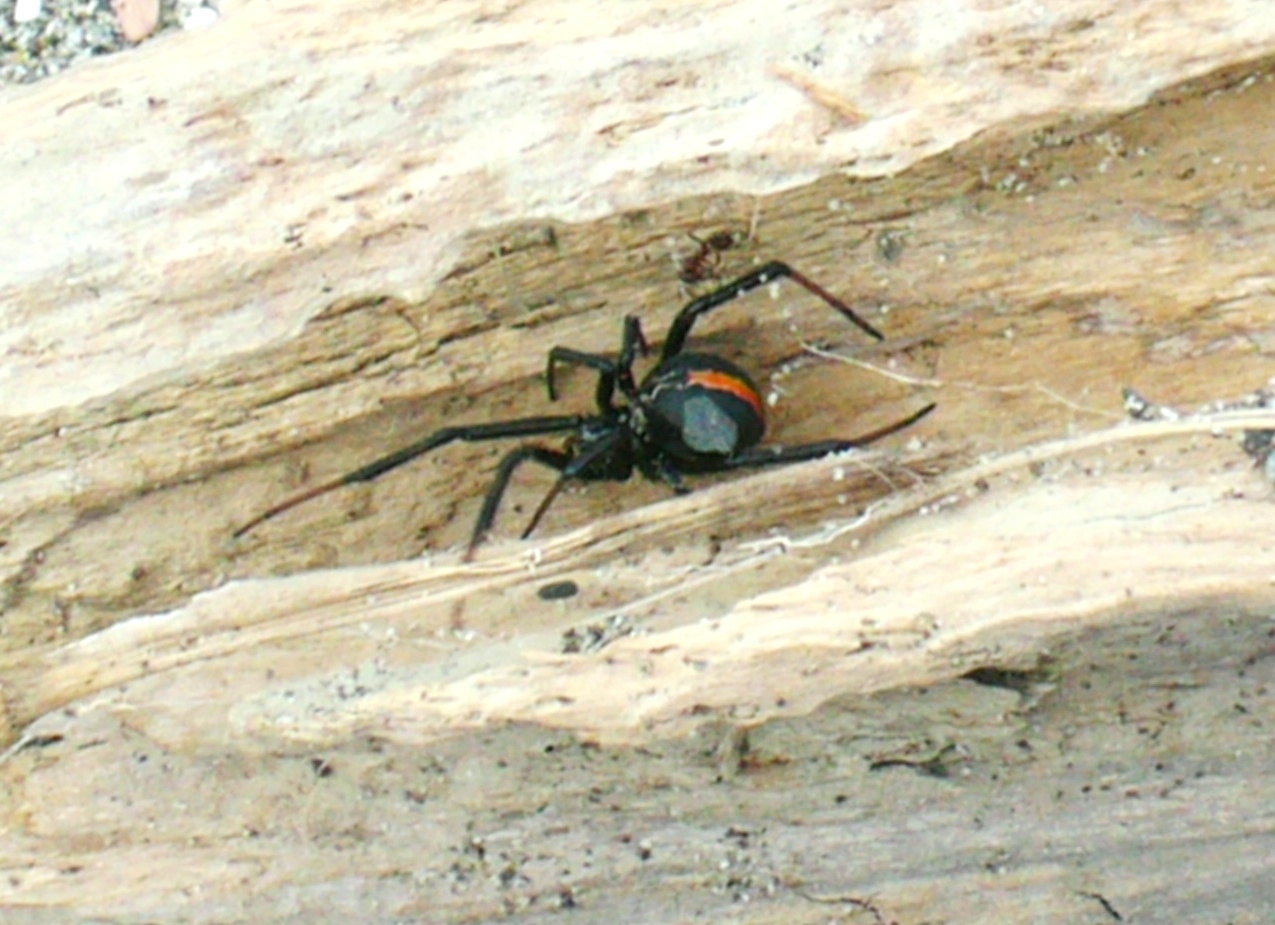|
Laetesia Paragermana
''Laetesia paragermana'' is a species of sheet weaver Linyphiidae, spiders commonly known as sheet weavers (from the shape of their webs), or money spiders (in the United Kingdom, Ireland, Australia, New Zealand, and in Portugal, from the superstition that if such a spider is seen running on you ... found in New Zealand. It was described by Blest & Vink in 2003. References Linyphiidae Spiders described in 2003 Spiders of New Zealand Endemic fauna of New Zealand Endemic spiders of New Zealand {{Linyphiidae-stub ... [...More Info...] [...Related Items...] OR: [Wikipedia] [Google] [Baidu] |
Linyphiidae
Linyphiidae, spiders commonly known as sheet weavers (from the shape of their webs), or money spiders (in the United Kingdom, Ireland, Australia, New Zealand, and in Portugal, from the superstition that if such a spider is seen running on you, it has come to spin you new clothes, meaning financial good fortune) is a family of very small spiders comprising 4706 described species in 620 genera worldwide. This makes Linyphiidae the second largest family of spiders after the Salticidae. The family is poorly understood due to their small body size and wide distribution, new genera and species are still being discovered throughout the world. The newest such genus is ''Himalafurca'' from Nepal, formally described in April 2021 by Tanasevitch. Since it is so difficult to identify such tiny spiders, there are regular changes in taxonomy as species are combined or divided. * Money spiders are known for drifting through the air via a technique termed “ballooning”. * Within the agricult ... [...More Info...] [...Related Items...] OR: [Wikipedia] [Google] [Baidu] |
New Zealand
New Zealand ( mi, Aotearoa ) is an island country in the southwestern Pacific Ocean. It consists of two main landmasses—the North Island () and the South Island ()—and over 700 smaller islands. It is the sixth-largest island country by area, covering . New Zealand is about east of Australia across the Tasman Sea and south of the islands of New Caledonia, Fiji, and Tonga. The country's varied topography and sharp mountain peaks, including the Southern Alps, owe much to tectonic uplift and volcanic eruptions. New Zealand's capital city is Wellington, and its most populous city is Auckland. The islands of New Zealand were the last large habitable land to be settled by humans. Between about 1280 and 1350, Polynesians began to settle in the islands and then developed a distinctive Māori culture. In 1642, the Dutch explorer Abel Tasman became the first European to sight and record New Zealand. In 1840, representatives of the United Kingdom and Māori chiefs ... [...More Info...] [...Related Items...] OR: [Wikipedia] [Google] [Baidu] |
Spiders Described In 2003
Spiders (order Araneae) are air-breathing arthropods that have eight legs, chelicerae with fangs generally able to inject venom, and spinnerets that extrude silk. They are the largest order of arachnids and rank seventh in total species diversity among all orders of organisms. Spiders are found worldwide on every continent except for Antarctica, and have become established in nearly every land habitat. , 50,356 spider species in 132 families have been recorded by taxonomists. However, there has been debate among scientists about how families should be classified, with over 20 different classifications proposed since 1900. Anatomically, spiders (as with all arachnids) differ from other arthropods in that the usual body segments are fused into two tagmata, the cephalothorax or prosoma, and the opisthosoma, or abdomen, and joined by a small, cylindrical pedicel, however, as there is currently neither paleontological nor embryological evidence that spiders ever had ... [...More Info...] [...Related Items...] OR: [Wikipedia] [Google] [Baidu] |
Spiders Of New Zealand
New Zealand has 1157 described spider species, with an estimated total fauna of 2000 species. Over 97 per cent are endemic, and the rest have been introduced through human activities or were natural wind-borne introductions. The New Zealand spider with the largest leg span is the Nelson cave spider (''Spelungula cavernicola''), with a leg span of up to and a body length. The Australian white-tailed spider, first recorded in New Zealand in 1886, has been falsely attributed as the cause of many necrotising spider bites. The flat huntsman spider (''Delena cancerides''), also from Australia, and called the Avondale spider in New Zealand, was accidentally introduced in the early 1920s, possibly in shipments of hardwood logs used for railway sleepers.Rowell and Avilés (1995). "Sociality in a bark-dwelling huntsman spider from Australia, Delena cancerides Walckenaer (Araneae: Sparassidae)". ''Insectes Sociaux''. Volume 42(3): 287-302 The huntsman spiders, which are considered harmle ... [...More Info...] [...Related Items...] OR: [Wikipedia] [Google] [Baidu] |
Endemic Fauna Of New Zealand
Endemism is the state of a species being found in a single defined geographic location, such as an island, state, nation, country or other defined zone; organisms that are indigenous to a place are not endemic to it if they are also found elsewhere. For example, the Cape sugarbird is found exclusively in southwestern South Africa and is therefore said to be ''endemic'' to that particular part of the world. An endemic species can be also be referred to as an ''endemism'' or in scientific literature as an ''endemite''. For example '' Cytisus aeolicus'' is an endemite of the Italian flora. '' Adzharia renschi'' was once believed to be an endemite of the Caucasus, but it was later discovered to be a non-indigenous species from South America belonging to a different genus. The extreme opposite of an endemic species is one with a cosmopolitan distribution, having a global or widespread range. A rare alternative term for a species that is endemic is "precinctive", which applies to s ... [...More Info...] [...Related Items...] OR: [Wikipedia] [Google] [Baidu] |

.jpg)